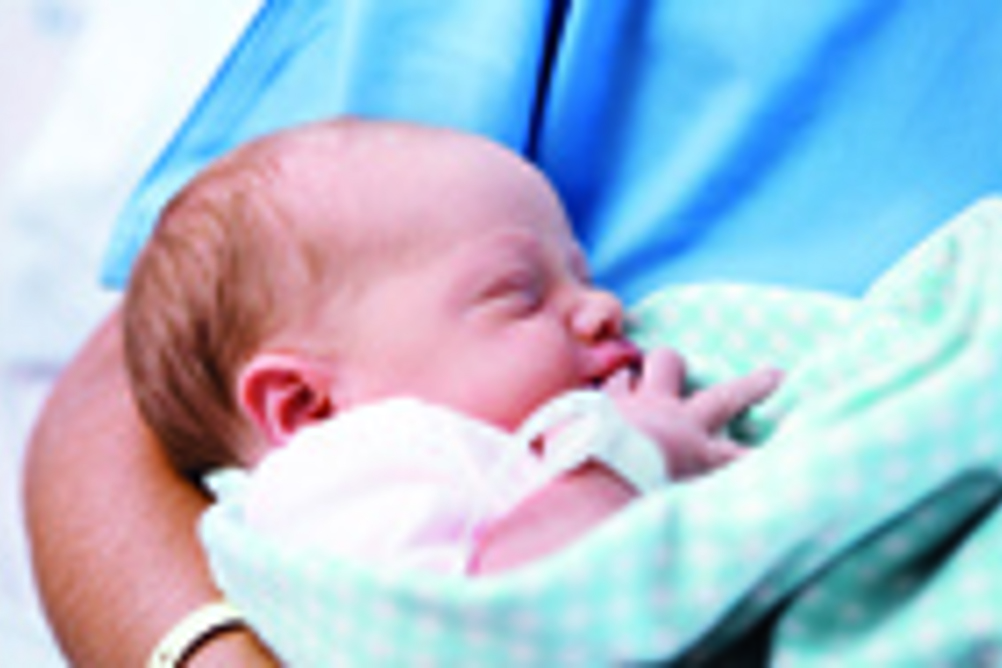
Researchers from the University of Oxford compared the outcomes of children born to more than 64,000 women with low risk pregnancies across England just before, during, or shortly after birth, to the interventions used during labour.
The landmark Birthplace study - the first to study where women planned to give birth - found that overall there were no differences in outcomes for babies between any of the planned places of birth.
The women involved in the study either gave birth at home, in standalone midwifery units, midwife-led-units within a hospital, and maternity units.
The findings reveal that overall the rate of adverse outcomes was low in all birth settings. Serious adverse outcomes were considered as still birth, early neonatal death and a range of conditions associated with trauma at birth, or teh baby becoming distressed or being deprived of oxygen during labour.
Register now to continue reading
Thank you for visiting Nursery World and making use of our archive of more than 35,000 expert features, subject guides, case studies and policy updates. Why not register today and enjoy the following great benefits:
What's included
-
Free access to 4 subscriber-only articles per month
-
Unlimited access to news and opinion
-
Email newsletter providing activity ideas, best practice and breaking news
Already have an account? Sign in here
